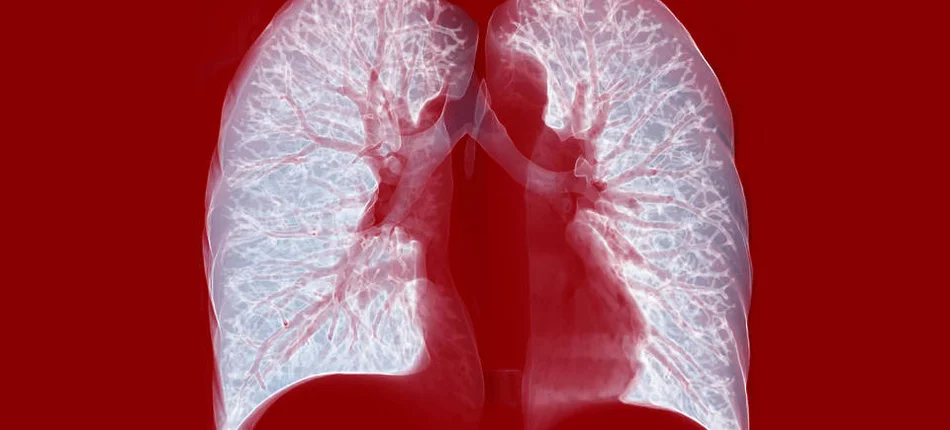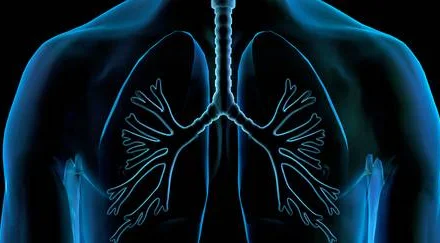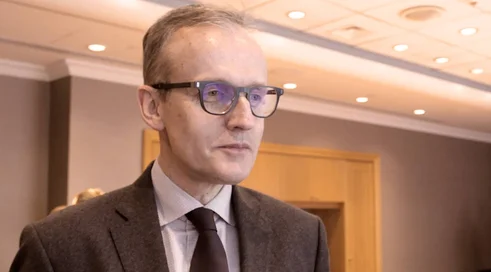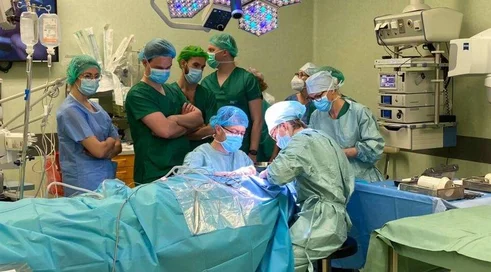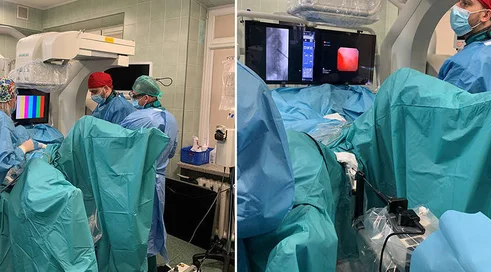The MAGE clinical trial has commenced. Its purpose is to assess the effectiveness and safety of VTP-600 - a new immunotherapeutic agent designed for patients with non-small cell lung cancer (NSCLC). The study is overseen by Cancer Research UK.
About 86 people recently diagnosed with NSCLC, the most common type of lung cancer, will be enrolled in the MAGE study. The new therapy consists of three vaccines (one basal dose and two booster doses). Basal rate includes chimpanzee adenovirus.
- NSCLC is the most common type of lung cancer, but is still very difficult to treat. If MAGE is successful, cutting-edge immunotherapy could help more people survive lung cancer, comments Dr. Nigel Blackburn, director of Cancer Research UK Center for D...
Content locked
To gain access to the complete English section of the Medexpress.pl, kindly reach out to us at [email protected].
If you already have an account, please log in





